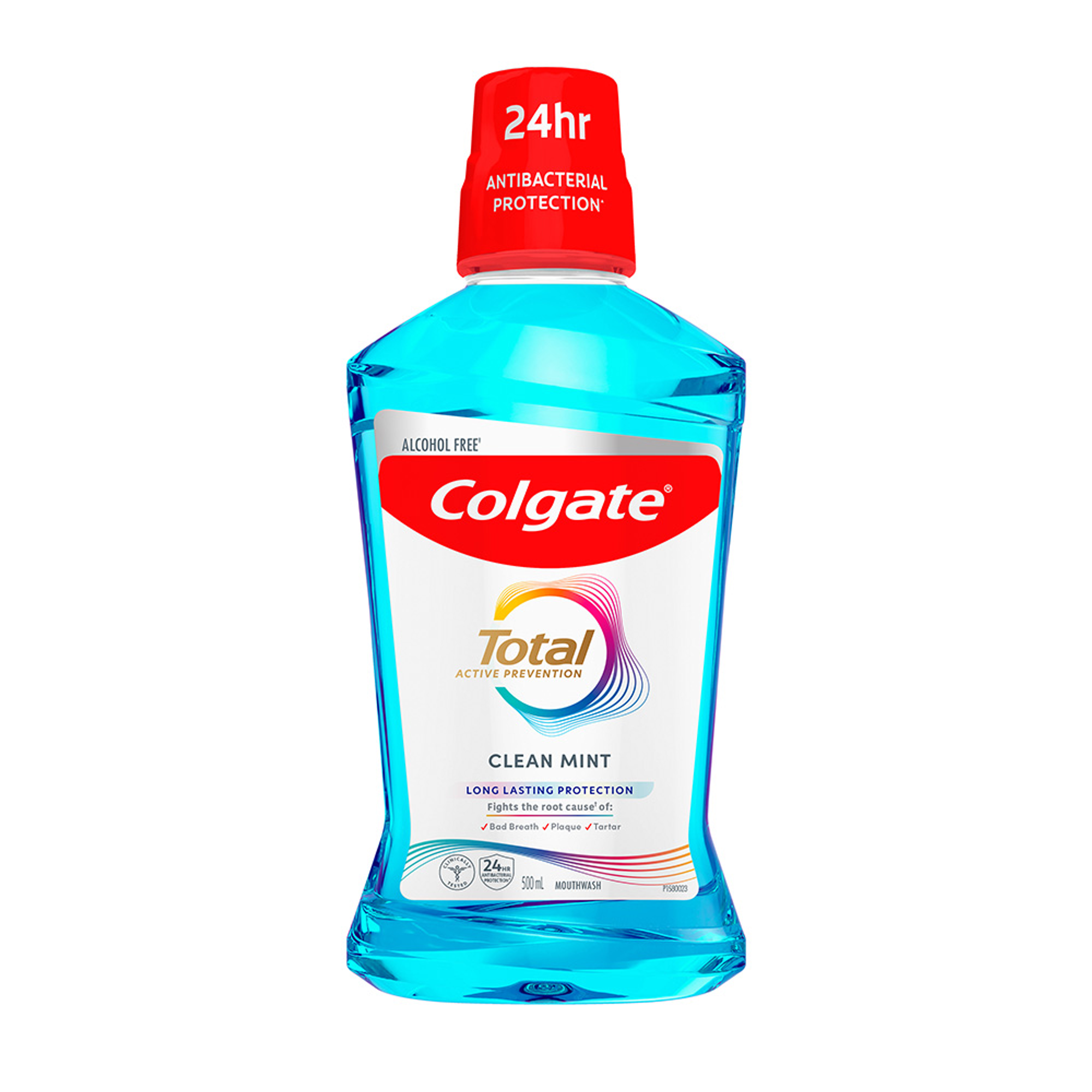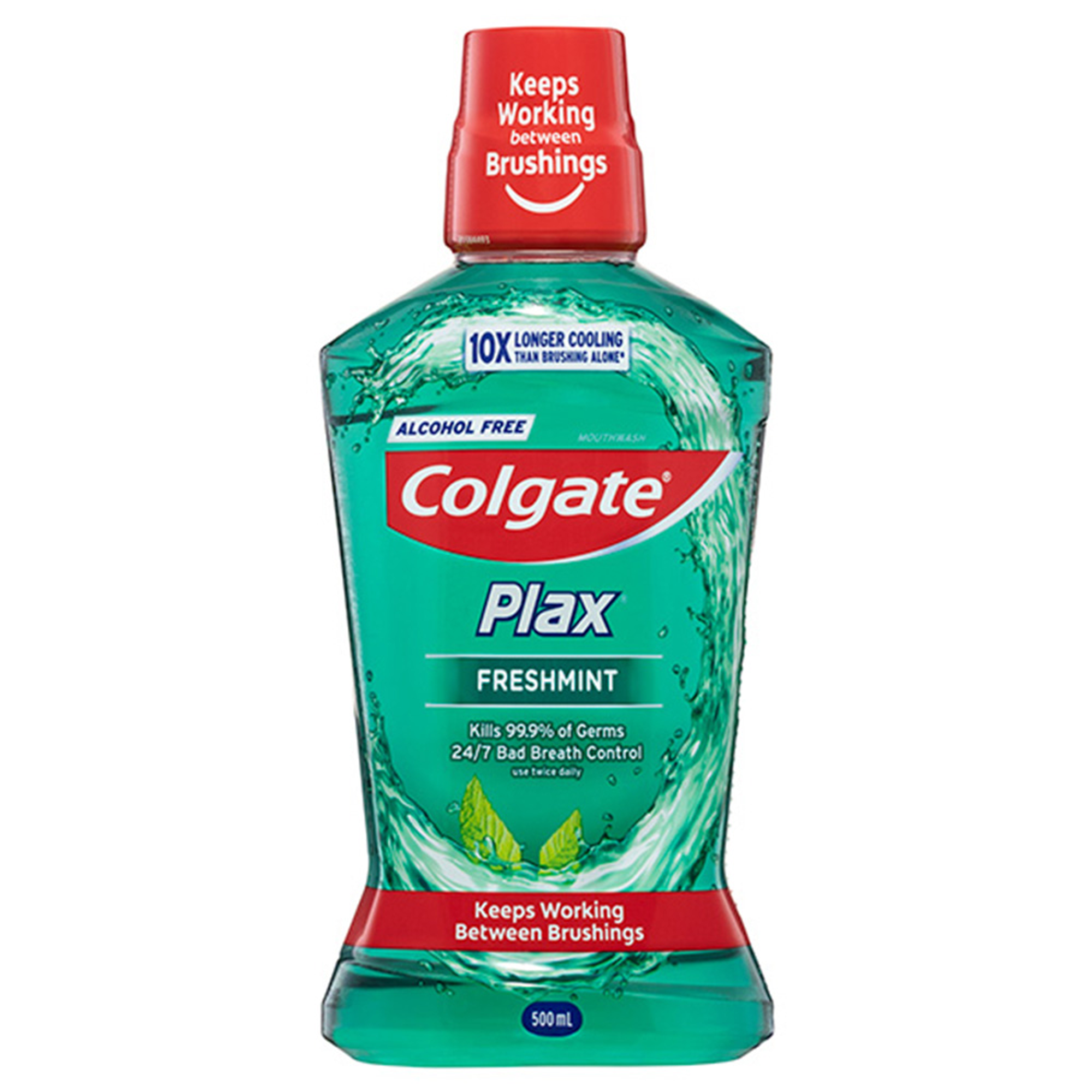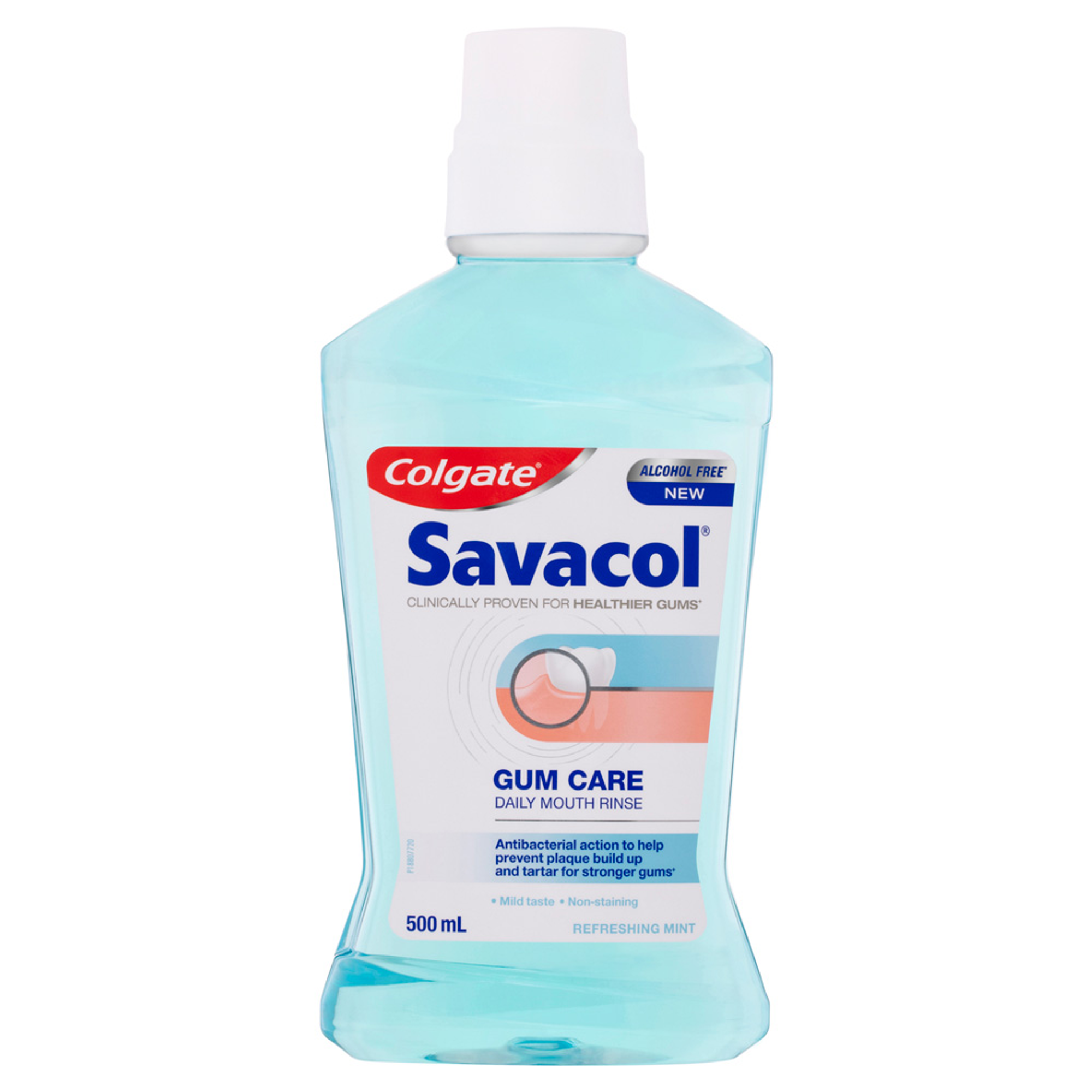
Dental erosion or tooth-wear (softening of the surface layer of the tooth) is a challenge for oral health practitioners as it is a multifactorial condition affecting both children and adults. It is increasing in incidence and prevalence due to modern-day diets and habits. The majority of patients are aware that a high sugar diet causes dental issues however, most are unaware of the role of acidic foods and beverages. Increasing your patient's awareness about dental erosion can avoid problems such as sensitivity, impaired function due to worn out teeth, discolouration and increased risk of cavities and extensive restorations. Causes of dental erosion can be acidic food and beverages, vitamins such as Vitamin C, brushing straight after meals, acid reflux (medical condition or pregnancy-related), GERD (Gastroesophageal reflux disease) and dry mouth (medication, medical conditions, genetic condition, cancer treatment, mouth breathing and dehydration). Recognising these risk factors can have a significant impact on long term health of the dentition.
Early diagnosis and Information
History taking: Our new patients come with so much information in the first visit we have to get a thorough social, medical, dental and dietary history. If unable to book in a longer appointment time for new patients, give them a form to fill out while they are waiting at the desk. Some of this information can be used to further investigate symptoms and concerns such as sensitivity. For regular patients with an existing history, updating information is less time consuming as you know them and can detect changes much more easily. Updating dietary and social information should still be done regularly. Sometimes major life events such as unemployment, divorce, death, major illness, retirement etc have a significant impact on personal care and diet.
Clinical examination: One of the most helpful things I have found in educating patients about dental erosion is intra oral photos. It is not only helpful in detecting things you aren’t able to see clinically but also great for monitoring. Look for telltale signs of enamel loss such as exposure of dentine (tooth discolouration), glassy appearance of the tooth surface, changes in tooth shape such as cupping or indentations on the chewing surface. Transillumination is another technique which can help highlight areas of enamel loss that may not be directly visible.
Information: sometimes information we give is overwhelming and upsetting. Give written information when it is necessary to help improve awareness.
Narrowing down the causes
A team approach is better to understand and identify causes of dental erosion. Encouraging patients to have regular check ups and cleans are important preventative measures to avoid issues such as dental erosion. Causes can be as simple as excess intake ofacidic beverages or more complicated such as a combination of dry mouth and gastric reflux. Putting up a pH chart or a poster about dental erosion and sensitivity in your surgery can help initiate a conversation. A visual aid can also enhance understanding and make the concept more relatable for patients.
Risk Assessment
Carrying out risk assessments for caries, periodontal diseases and cancer is a regular practice. We can also do this for dental erosion if we feel the diet and habits lean more towards the acidic side. Based on the information you have, create a plan using the patient’s input to help make changes to their lifestyle, dietary and oral health care routine. With any behavioural change monitoring is important. For example if they are trialing sensitive toothpaste until their next recall take some time out to review this to see how it has worked.
During hygiene sessions if certain areas are sensitive, put a watch on the tooth or put up notes about sensitivity so other clinicians can monitor as well. Highlight symptoms and help patients recognise acid-related damage. If a certain product has not worked, offer an alternative. Emphasise that protecting our smile goes beyond brushing and flossing, it involves being mindful of our dietary habits.
We are what we eat
Individuals have different connections and relationships with food. Add a cultural dimension to food and it’s a whole new environment to explore. What we think we know about food will change with our patient-interactions. Include conversations about food in your consultations, your hygiene appointments, and your review appointments, basically whenever you have an opportunity. Some individuals like to eat pickles which are preserved in vinegar (a weak acid)on a regular basis . Some eat a lot of sushi ginger because they like the taste - this is also preserved in vinegar. For health reasons some people have lemon water or apple cider vinegar with water every morning. Sparkling water, eating lemons, kimchi, kombucha….the point being that our modern-day habits affect not only oral health but also overall health. Making that link for our patients is necessary and important.
Sensitivity control and remineralisation
Some oral care products may help remineralise and reduce symptoms of sensitivity. Discuss with your patients to see what is the most suitable option for them. Sensitivity toothpastes may help reduce symptoms when used on a regular basis. Alternatively patient’s may prefer to have a fluoride varnish applied in the clinic to help them control the issue. Whatever product is used, the conversation about dietary habits is very important to help prevent recurrence or worsening of the problem..
Christine Murthi is an Oral Health Therapist graduated from Auckland University of Technology. Prior to this she obtained qualifications in pharmacology and secondary teaching from the University of Auckland. She has teaching/tutoring experience spanning more than ten years. Through this teaching experience combined with her diverse cultural background she has developed a passion for promoting diversity in clinical practice, overcoming communication barriers and connecting with the community. As a member of the Colgate Advocates for Oral Health: Editorial Community, her contributions to the dental community aim to promote good oral health for all and keeping a healthy smile for life.
Join us
Get resources, products and helpful information to give your patients a healthier future.
Join us
Get resources, products and helpful information to give your patients a healthier future.











